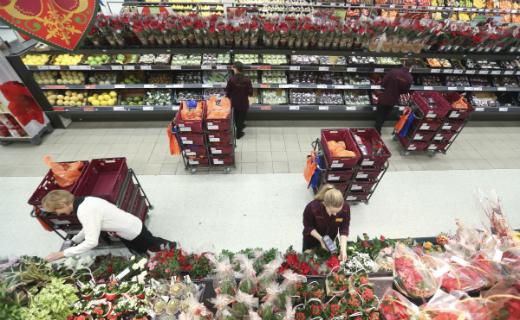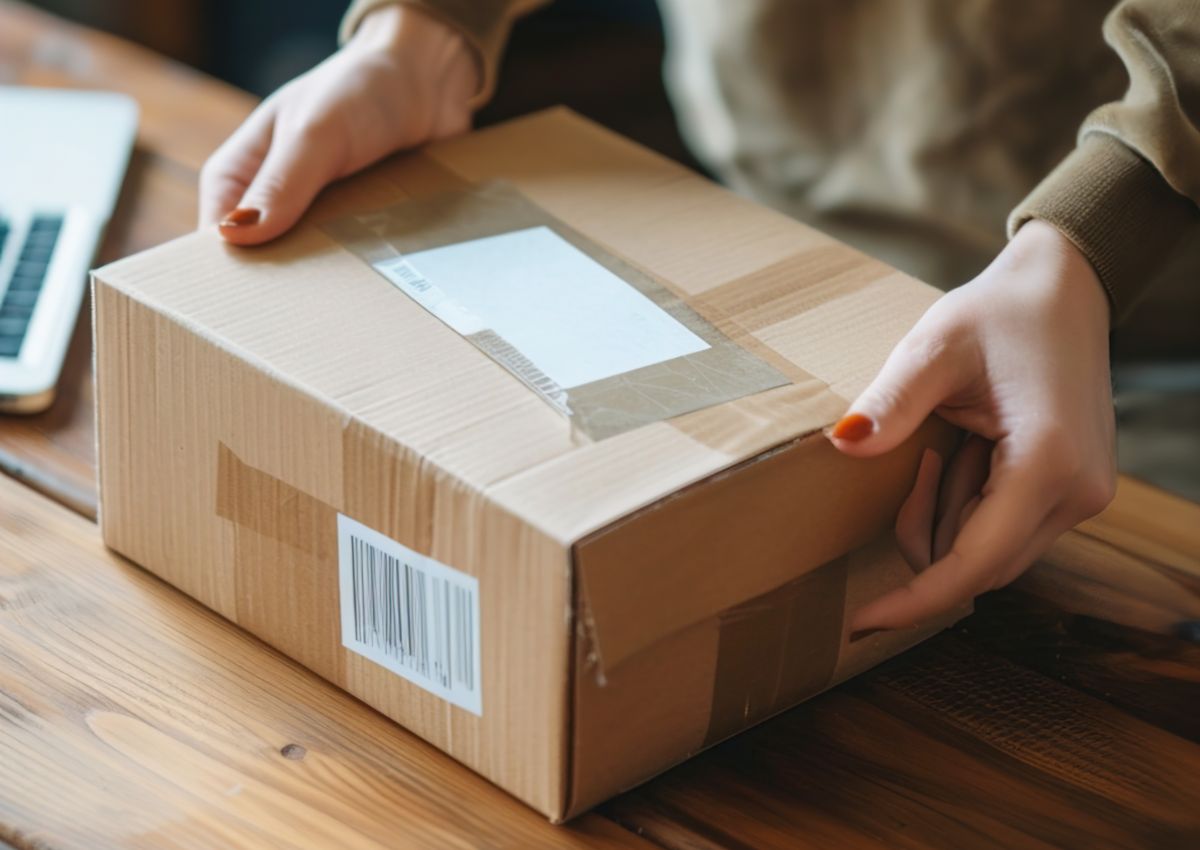Sainsbury’s chief executive Mike Coupe today said that its investments in multichannel retail had given a “strategic advantage” to the supermarket, which has reported flat retail sales but growing online and convenience sales in the first half of its financial year.
“Our strategy of investing to ensure customers can shop with us across multiple channels remains a strategic advantage,” he said. “Shopping at Sainsbury’s is now more convenient than ever for our customers and we are able to reward them for their loyalty.”
His comments came as Sainsbury’s , a Model trader in InternetRetailing IRUK500 research, reported that its online sales had grown by 7% and orders by nearly 14% in the 26 weeks to September 26.
Convenience sales, a channel which is growing quickly as consumers change their shopping patterns to buy less, more often, were up by 11% and the supermarket opened 37 new stores in this channel, while trialling new formats including a ‘micro convenience store layout’ in six supermarkets. But underlying group sales of £13.6bn, including VAT, were 2% down on the same time last year, while retail sales of £13.5bn, including VAT, were down by 2%, or 0.1% when fuel sales were discounted. Like-for-like sales, which reflect the effect of store openings and closures, were down by 1.6% when VAT was included and fuel excluded.
Pre-tax profits of £339m grew from a loss of £290m at the same time last year, while underlying pre-tax profits fell by 17.9% from £375m last year to £308m.
Sainsbury’s predicted that although shoppers are buying “smarter” and minimising food waste, supermarkets would remain the “dominant channel for grocery shopping, but they need to adapt their product and service proposition.” It added: “Against this backdrop, grocers who run efficient operations across a broad range of channels will be the most successful and best-equipped to deal with the current sector turbulence.”
During the first half, it notched up a record week for online sales, delivering 256,000 orders. Sainsbury’s had 52 click and collect sites for grocery by the end of the half, and said it was on track to have 100 by the end of this year. Such services, it said, made “commercial and operational sense”, since it meant orders were picked close to the collection point, and cut down on extra transport and handling costs. Since the introduction of the plastic bag levy in early October, more than half of customers now choose its bagless delivery option.
Sainsbury’s also expanded its non-food online service, taking the Tu website nationwide over the course of the summer after regional trials. It said that initial sales beat its expectations, and that more than 80% of customers were now collecting their orders from more than 700 in-store collection points.
Our view: Sainsbury’s results come two days after Tesco chief executive Dave Lewis, speaking at the CBI conference, described digital retailing as a “challenge”, with the nature of the challenge being to ensure online operations are profitable in the way that stores used to be. Here, Sainsbury’s chief executive Mike Coupe presents investment in online and multichannel retailing as a “strategic advantage”. The supermarket argues that the winning supermarkets will be those that stay efficient while serving customers in the way they want to be served. History will tell whether concentrating on the customer or the balance sheet is more effective, but for the moment, we think that while retailers should certainly be concerned with both, putting the customer first is ultimately the path to that profitability.









